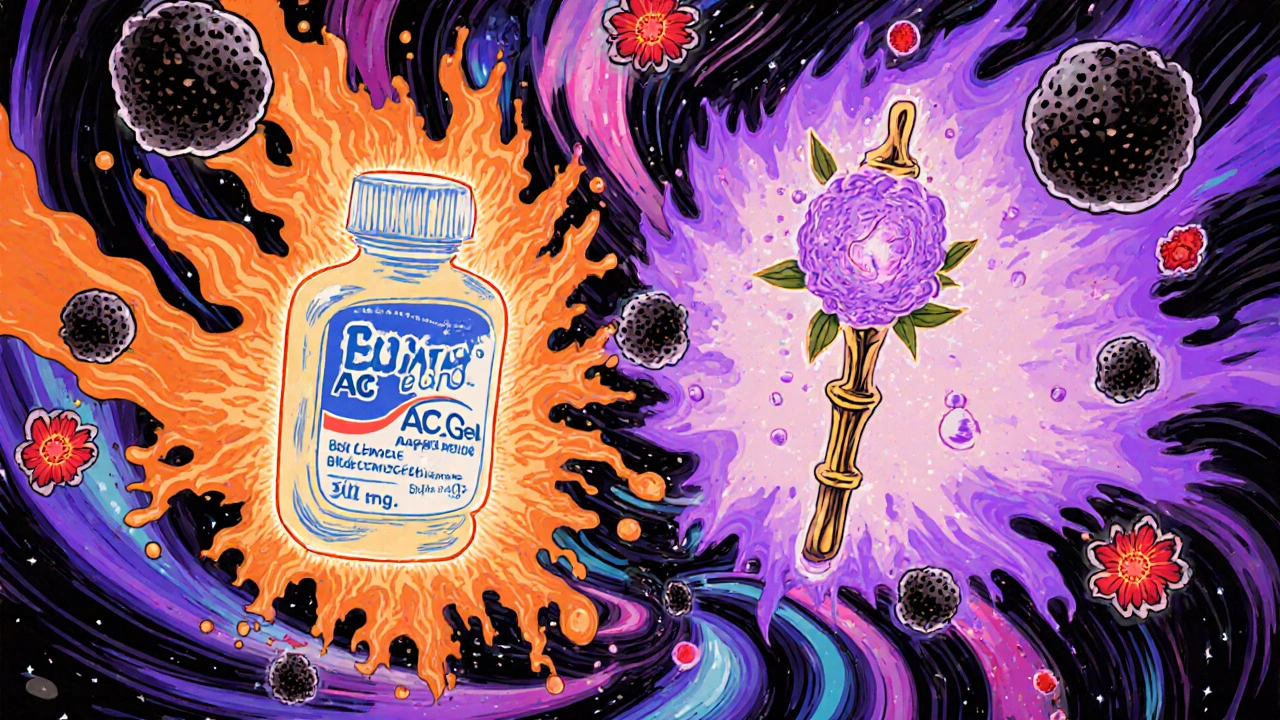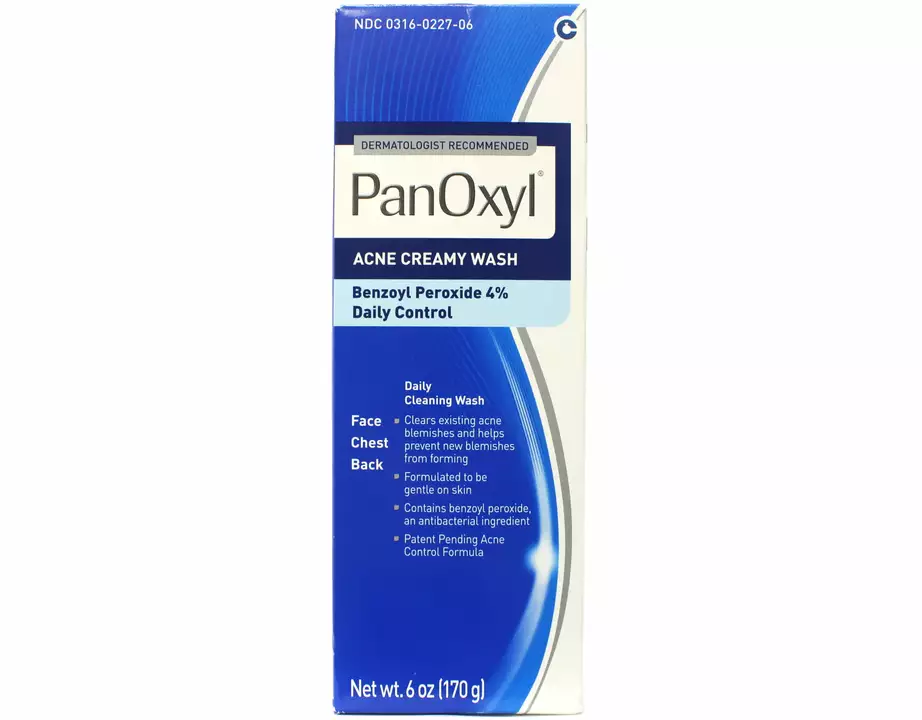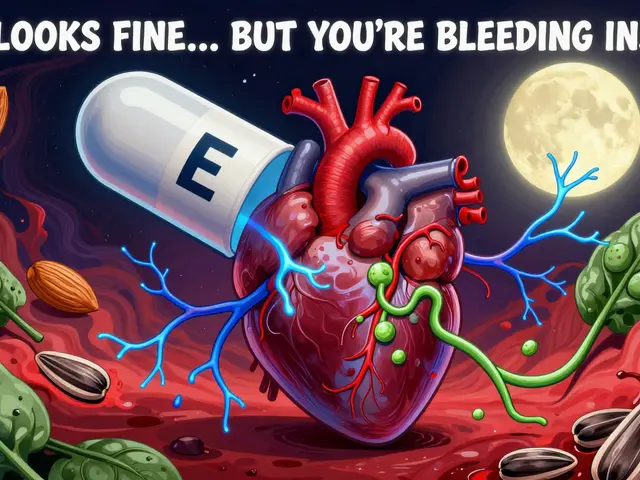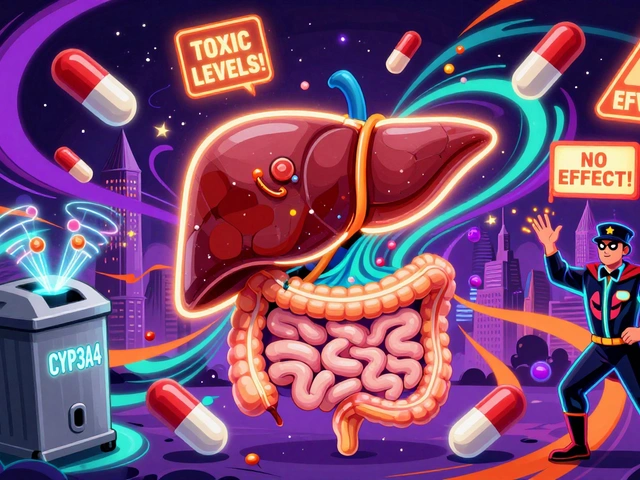Benzoyl Peroxide: How to Use It Right for Acne
Want clearer skin without a prescription? Benzoyl peroxide is one of the most used over-the-counter acne tools. It kills acne-causing bacteria, helps unplug pores by oxidizing dead skin and oil, and reduces inflammation. That makes it a go-to for whiteheads, blackheads, and inflammatory spots.
Which strength and form should you pick?
Products come as 2.5%, 5%, and 10% gels, creams, washes, and leave-on lotions. Start low. 2.5% often works as well as higher strengths but with less irritation. Use a gel for quick action on active spots, a cream if your skin is dry, and a wash for oily skin or daily maintenance. If you’re new to it, try a 2.5% leave-on or a wash and watch how your skin reacts for a week or two.
Apply benzoyl peroxide once a day at first, preferably at night. If your skin tolerates it after a week, you can move to twice daily. Use a pea-sized amount for the whole face — small amounts go a long way. Avoid getting it into your eyes, mouth, or broken skin. Patch-test on the inside of your wrist before using on your face if you have sensitive skin.
Side effects, combos, and smart pairings
Common side effects are mild redness, dryness, and flaking. If your skin peels a lot, cut back to once every other day and add a gentle moisturizer. Don’t mix benzoyl peroxide directly with tretinoin or other retinoids in the same layer — this can increase irritation and may inactivate tretinoin. Use them at different times (benzoyl peroxide at night, retinoid in the morning with sunscreen) or alternate days. Avoid using products with strong acids (like high-strength AHAs/BHAs) at the same time to reduce irritation.
Heads up: benzoyl peroxide bleaches hair, towels, pillowcases, and clothing. Rinse hands well after applying. Store it at room temperature, away from heat and sunlight, and keep the cap tight — it can oxidize and lose strength over time.
If you’re pregnant or breastfeeding, check with your healthcare provider. Many doctors consider topical benzoyl peroxide low risk, but it’s best to get personalized advice. Also, if your acne is severe, cystic, or causing scarring, see a dermatologist — benzoyl peroxide helps many people, but some cases need prescription treatments.
Final tips: use a gentle, fragrance-free cleanser, apply a light non-comedogenic moisturizer after benzoyl peroxide if you feel dry, and don’t forget sunscreen daily — acne treatments can make skin more sun-sensitive. Be patient: most people see improvement in 4–8 weeks. Want product recs or a plan based on your skin type? Ask and I’ll help pick the right strength and routine for you.
Benzac AC Gel vs Alternatives: What Works Best for Acne in 2025
Benzac AC Gel with benzoyl peroxide treats acne but often causes irritation. Discover gentler, more effective alternatives like adapalene, azelaic acid, and tea tree oil that work without bleaching clothes or drying out skin.
Benzoyl Peroxide: A Dermatologist's Perspective
As a dermatologist, I've seen firsthand the benefits of benzoyl peroxide in treating various skin conditions, especially acne. It works by killing acne-causing bacteria and removing excess oils from the skin, leading to a clearer complexion. However, it's crucial to start with a low concentration and gradually increase it to avoid irritation. Remember to moisturize and use sunscreen to protect your skin while using benzoyl peroxide. Overall, it's a proven and effective solution for many people struggling with acne, but always consult a dermatologist before starting any new treatment.






